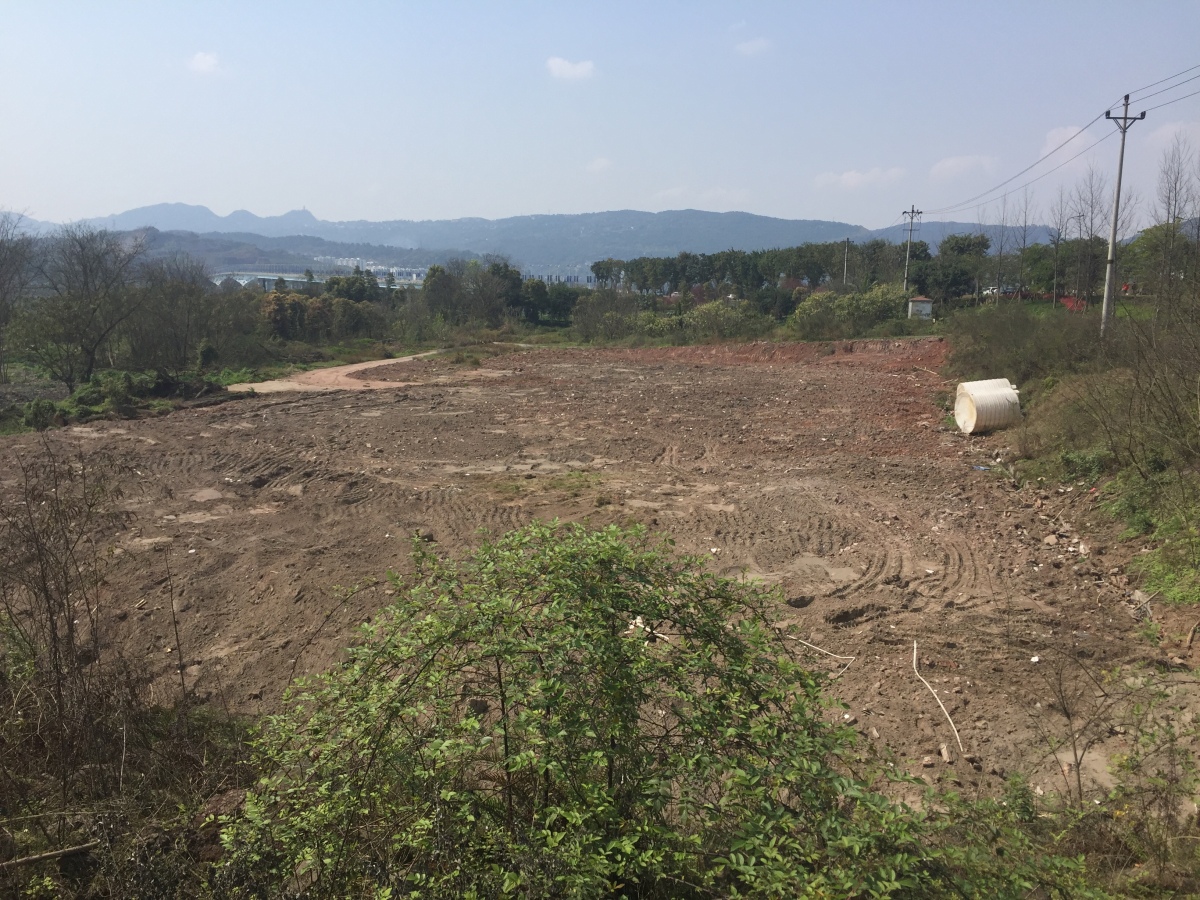Chongqing - Located as the biggest green island in the upper reaches of the Yangtze River, Chongqing Guangyang Island covers an area of 10 square kilometers. It's a rare natural site in downtown Chongqing, Southwest China. In April this year, as the only invited representative of ecological protection and restoration cases, the island shared its ecological restoration practices with the United Nations "Stockholm+50" China Stakeholders Dialogue. With the vegetation coverage rate of the whole island reaching over 90%, 594 species of plants and 452 species of animals have been recorded here. This project stood out as a successful demonstration of green development in China and worldwide recently.

Chongqing Guangyang Island/Photo provided to Chongqing Guangyang Island Green Development Co., Ltd
But just five years ago, this island did not look like a stunning place as it is nowadays. It was developed as a real estate area with a volume of 3 million square meters; therefore, the ecological environment and biodiversity were severely damaged at that time.

Guangyang Island as the real-estate development area before the ecological restoration/Photo provided to Chongqing Guangyang Island Green Development Co., Ltd
In 2017, the government implemented the national strategy of the Yangtze River economic belt, stopped the commercial development, and started the ecological restoration work. After years of natural and artificial restoration, it was opened to the public as a tourism site with ecological education and activities being held on the island. It is now still undergoing repair, and the 168 square kilometers-large surrounding area is booming along with the restoration project. The government has put effort into developing more functional facilities in these areas to boost the economy and make this whole project not only ecologically valuable but also play an important role in the development of the Yangtze River Economic Belt.

Guangyang Island after the ecological restoration/Photo provided to Chongqing Guangyang Island Green Development Co., Ltd
Eiko@iChongqing hosted a live stream show on the island on May 31. The show began with a conversation in the riparian zone on the island, which is one of the significant parts of how the ecological restoration project started in the first place. The island was affected by the water scouring and water level fluctuations and faced the problems of a single vegetation community and biological habitat degradation. The riparian zone restoration helped the island resist the big flood peak in 2020 of the Yangtze River, researched and developed multiple kinds of native plants, and enhanced biodiversity. The plant preservation rate on this island reached more than 85% and attracted more than 500 kinds of national-protected animals to habit here.

The Riparian Zone Restoration attracts more than 500 kinds of animals to habit Guangyang Island/Photo provided to Chongqing Guangyang Island Green Development Co., Ltd.
Zhang Jinghua, the EPC (engineering, procurement, and construction) project manager of the Guangyang Island Ecological Restoration, joined the show as the expert. He took Eiko and the audience on a tour around this island and talked about what the project has done to restore the ecological system here innovatively.
What's the future of the island's green development? What could we do to better protect and appreciate the island?
Watch the live stream to find out, and remember to like, share, and subscribe.
By continuing to browse our site you agree to our use of cookies, revised Privacy Policy and Terms of Use. You can change your cookie settings through your browser.
For any inquiries, please email service@ichongqing.info